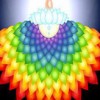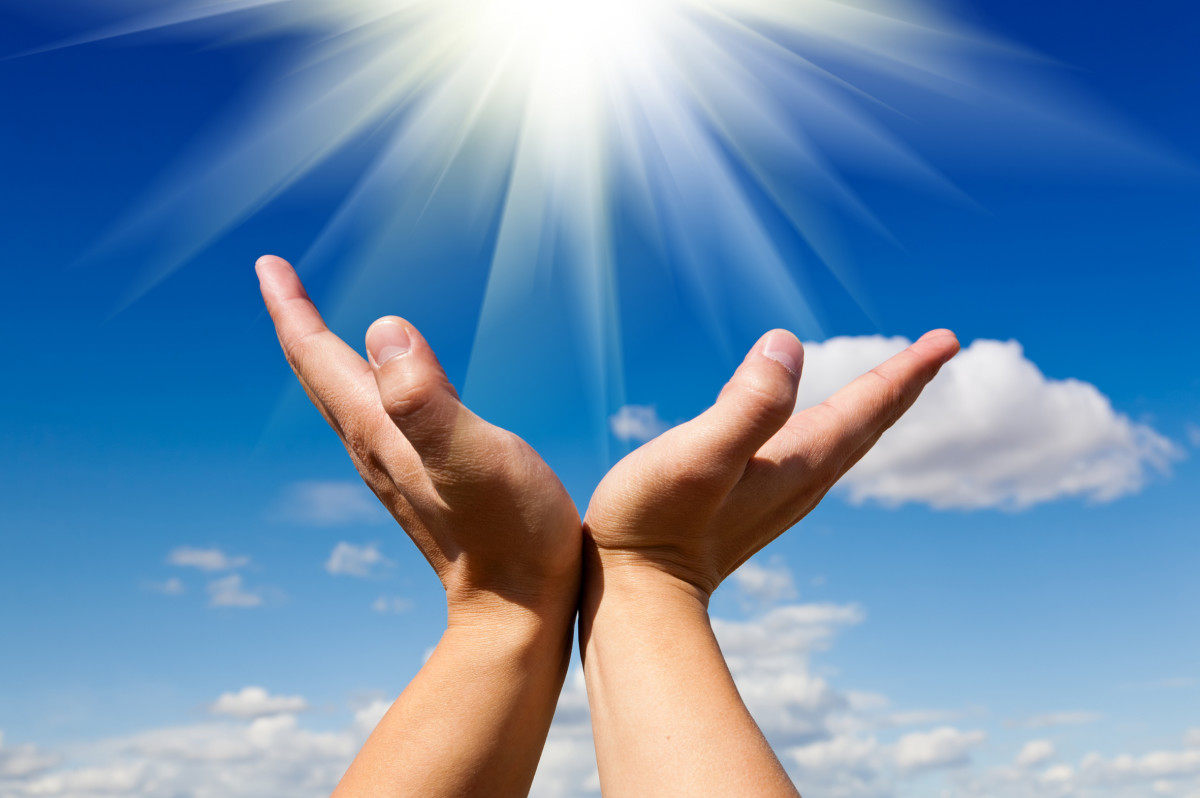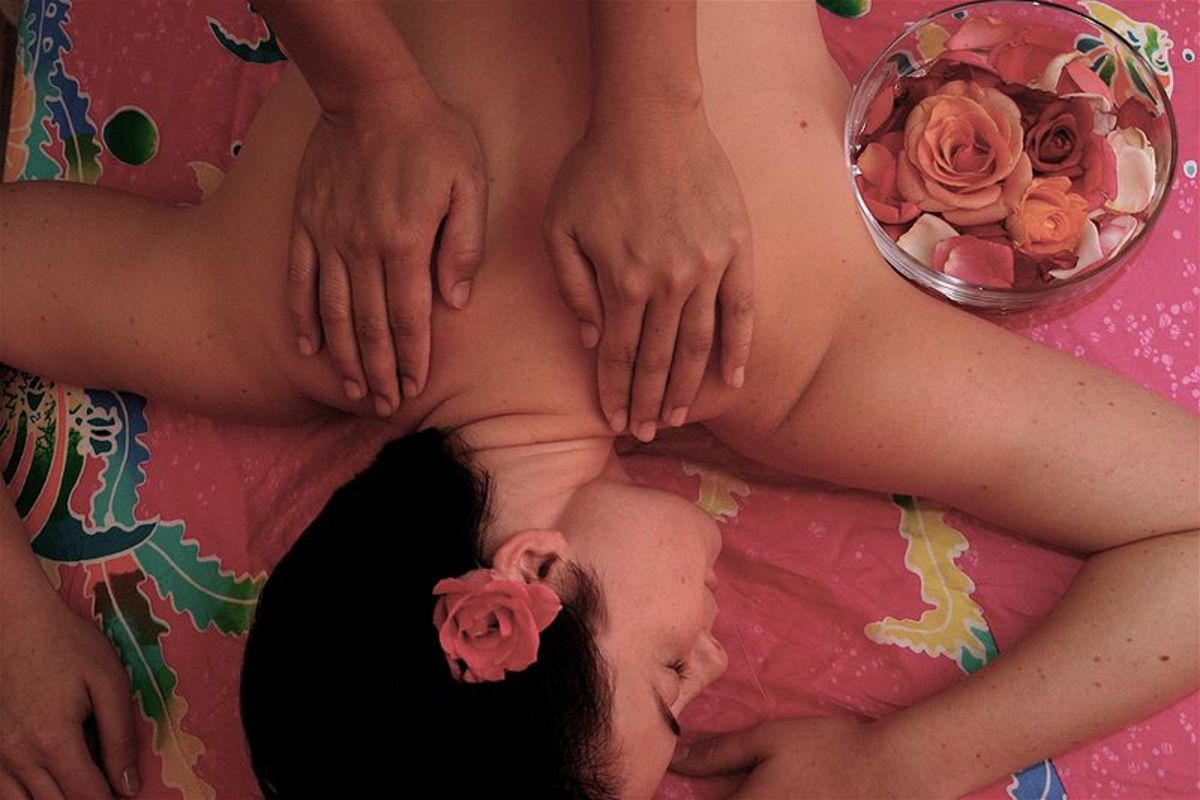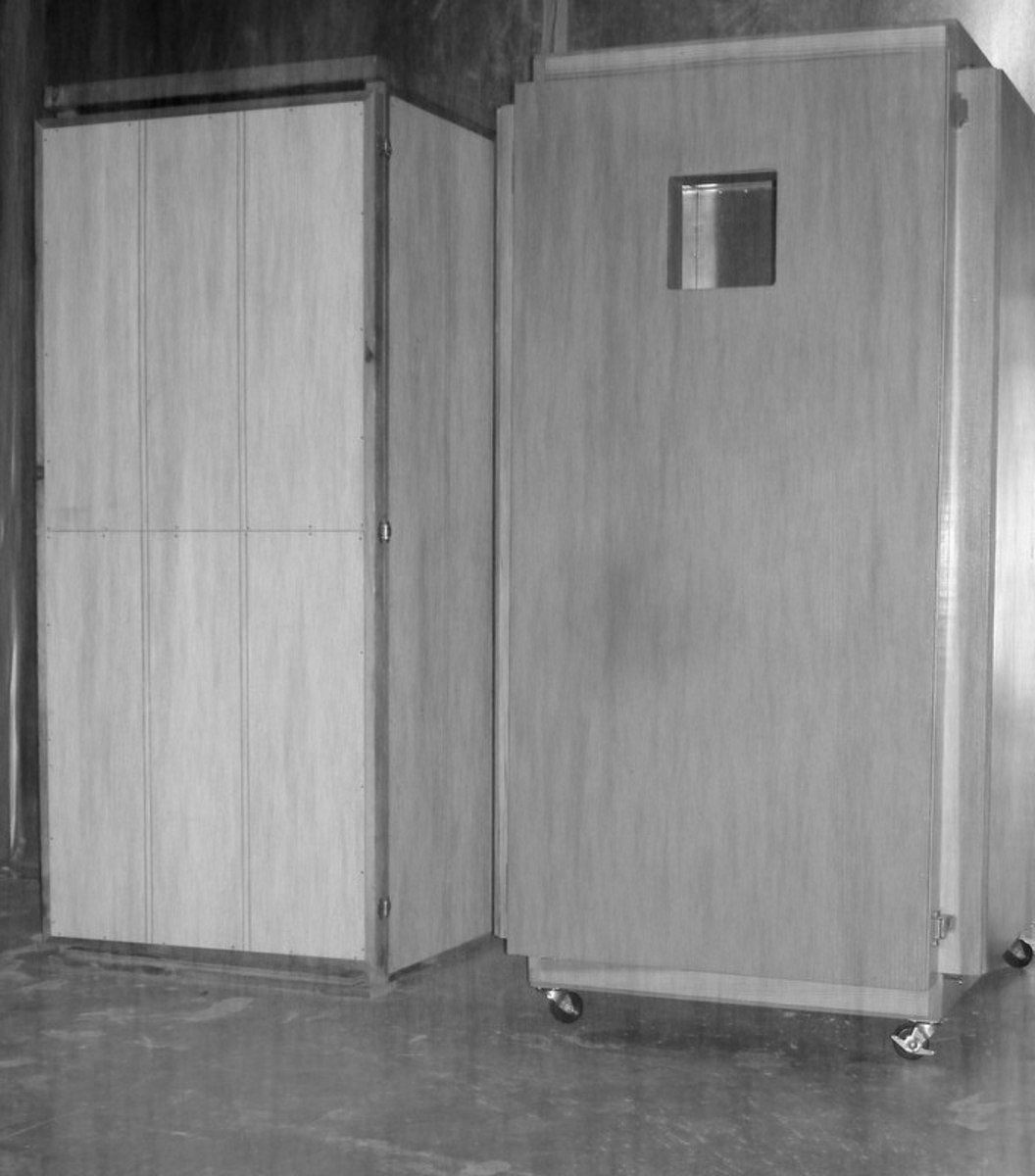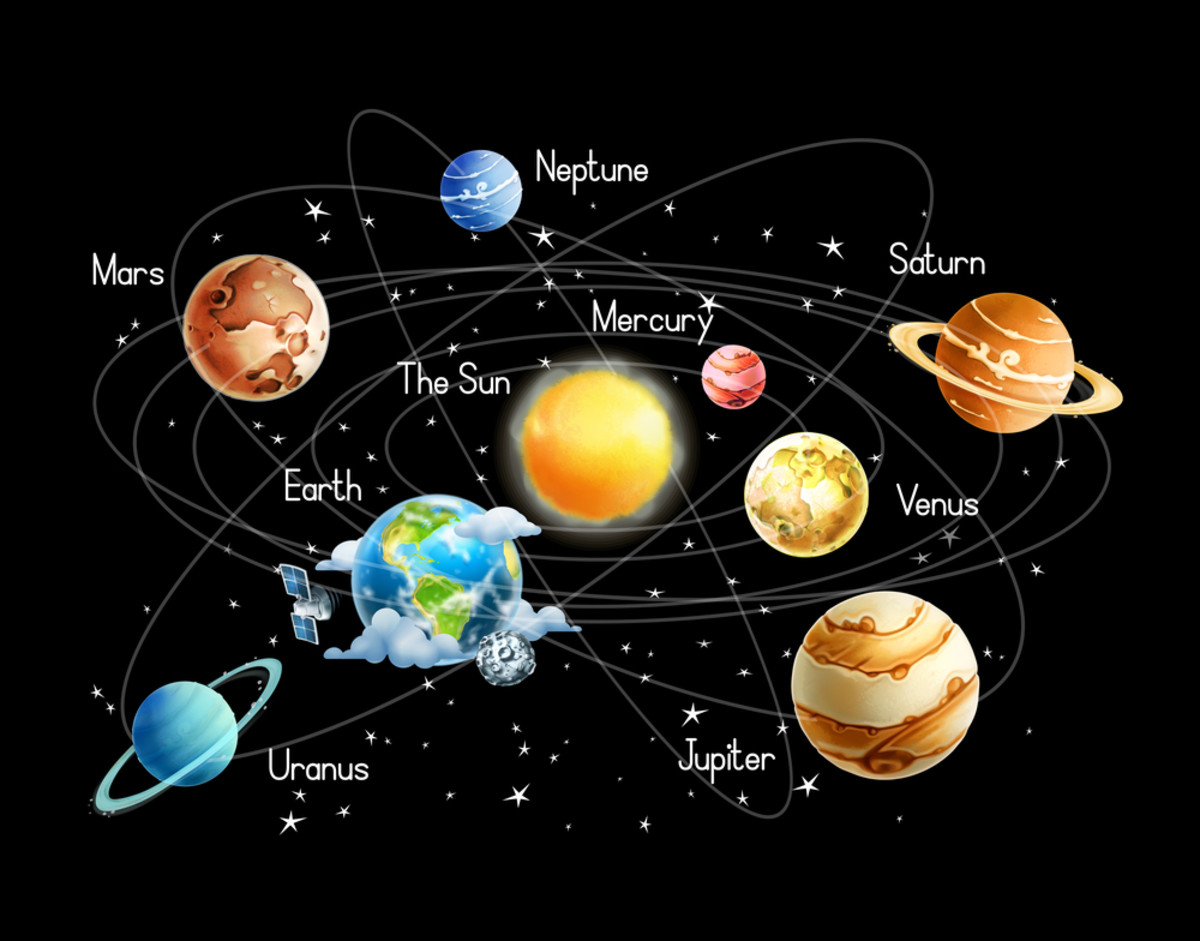Hands-On Energy Healing
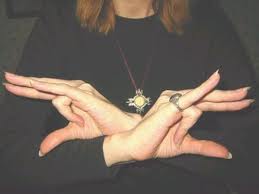
Common Elements of Healing Techniques
Many different cultures throughout history have used healing arts that utilize touch to transfer healing energy. Early references to this appear in both Eastern and Western writings. In the History of the Jin Dynasty [A.D. 265-317], it says: "Those who cultivate the Dao and nourish the qi are able... to spread qi to others." (Cohen, 245) Hippocrates referred to the biofield as "the force which flows from many people's hands." [Quoted in NIH report] Energy healing is often passed down by oral tradition, and is found in many places around the world including: China, Japan, and other Asian countries, India, Peru, Australia, Polynesian Islands, and amongst Native American tribes. An exploration of these traditions and several modern techniques for energy healing reveals several common elements, which are described below.
Who Can Heal?
- Energy healing is an innate human skill; even young children can do it. Training in healing techniques, study of energy theory, and knowledge of physical anatomy help to refine the work and boost its power, but they're not essential.
- Before practicing healing on others, the practitioner should do the necessary work to bring her own system into balance and clear her own blockages. After that, she will be better able to provide healing energy to the client.
- Self-healing: It is possible to practice energy medicine on yourself. However, it is generally more effective to have someone else treat you.
- Role of the client is to be open and willing to change. The natural tendency of blocked energy is to move towards release, and the natural tendency of the body is to move toward balance. If the client can open up to healing, the healer simply "nudges" the client's energy, and the client's soul will guide the healing.
Why do we need healing?
- Our energy pathways should be free-flowing, actively circulating to clear stagnant energies and bring in fresh, healthy energy. However, the pathways can become blocked, and healing may be helpful in removing those blockages.
What is the mechanism for healing? There are several theories, which can be condensed to a few major concepts.
- Cleansing. Practitioner helps to clear blockages, and encourages stagnant energy into motion.
- Resonance / Re-structuring. Practitioner holds the highest vibration possible, creating a model of balanced energy, gently guiding the client's energy vibration, which will naturally entrain itself to match the practitioner's balanced system. The practitioner's energy is giving instructions to the client's energy, and providing a structure for them to organize their scattered energies around.
- Channeling / Jump-starting: Practitioner is accessing universal energy, and helping to guide it into the client's system. The client's energy system has an innate wisdom, which will then guide the healing energies to where they are most needed. The practitioner is functioning as jumper cables, stimulating the energy flow in the client's body, the increased energy helps to clear blockages.
How does healing work?
- Healing is done through interaction of the practitioner's energy field with the client's. Some techniques believe this is best accomplished by the practitioner laying his hands directly on the client's body and working with very light touch. Some techniques instruct the healer to work with his hands a few inches above client's body so his energy field is interacting with client's energy field directly.
- Intent is key. The practitioner works with Intention, a conscious desire to aid the client in healing.
- Energy centers and pathways. It is helpful to have a knowledge of theories about energy centers (e.g. chakras), energy flows (e.g. meridians), and points where the energy is most accessible (e.g. acupuncture points). By working with these structures when placing her hands in healing positions, the practitioner is able to more accurately target her energy.
Multi-dimensional: Energy healing works on several levels at once: spiritual, emotional, mental, and physical. Its most beneficial applications involve awareness of this aspect, and intentionally use it for multi-dimensional goals.
- Emotional Release: Often something that manifests as physical illness is rooted in deeper emotional or spiritual issues. During energy work, a client may have an emotional release that might be accompanied by specific memories, or may be experienced as pure emotion, which arises "for no reason". Releases may be dramatic, with tears, sobbing, etc. If the practitioner and client stay centered and continue energy work, the emotion can be fully released from the energy field.
- Spiritual Growth: Energy medicine is an inherently spiritual practice and can lead to spiritual growth for both practitioner and client. It can create a change in consciousness, which allows us to feel a deeper sense of connection to the energies of other people, and the natural world around us.
Effects of Healing:
- Techniques vary widely, and the types of illness they focus on range widely; however, several results are common to all forms of energy healing: acceleration of wound healing, Reduction of the pain of thermal burns and acceleration of healing time, Reduction of sunburn pain and coloration, Reduction of acute and chronic pain, Reduction of anxiety, Release of pent-up grief. (NIH report) Most techniques produce a deep relaxation within a short period of time, and thus can be excellent for people experiencing stress related dis-ease.
- Diseases may develop over a long period of time or they may have a sudden onset (e.g. an accident). Likewise, sometimes healing is a slow process, where the practitioner starts a process in motion, which the client then continues through diet, lifestyle changes, exercise, counseling, medical treatments, and more energy work. Other times, healing may be a quantum leap, with significant, long-lasting changes taking place after minutes of healing. Generally, the more chronic the concern, the more energy work will be needed to release long-held patterns.
- Generally, the larger the trauma or the more severe the illness, the quicker and more dramatic the results. (i.e. When someone is only slightly out of balance, the effects of healing may not be obvious. When someone's energy is radically out of balance, a shift toward health may be more immediately evident.)
- Healing is an on-going process, not an end result. Having energy healing done once doesn't mean you'll never be ill again. There are continual challenges to our energy systems. Having a routine practice of energy work (e.g. qi gong) helps with keeping a balanced energy system. Healing emotional traumas and physical energies as soon as possible is also helpful, as it helps to prevent injuries becoming deeply entrenched in an energy system.
The practitioner is accessing replenishable universal energy during healing, and thus should feel energized at the end of a healing session. If the practitioner feels drained at the end of the session, it indicates that he was attempting to use his own energy to heal.
Versatility: Hands-on energy healing is a versatile, diverse healing modality.
- It can be combined with other hands-on healing techniques, and is also a useful complementary therapy to more traditional medicine and psychotherapy. It can be supplemented with other techniques (e.g. toning healing sounds, or visualizing healing colors) to boost its effectiveness.
- It is useful for a wide variety of physical, mental, and emotional illnesses and imbalances. (See discussion of techniques for specific applications.)
- Techniques can also be used on plants and animals, and for distance healing.
- It is possible to charge inanimate objects with healing energy, and then use them for healing. For example, charging a glass of water for a client to drink.
Contraindications / Potential Concerns
- Several theories say energy medicine can only have positive effects, and can do no harm. They say that if the practitioner sends "too much" energy, the client's body will just let it pass on through, and if hands are placed "wrongly" then the client's energy pathways will simply carry the energy to where it is needed. In a workshop on Intuitive Energy Medicine, Suzanne Louise demonstrated that if you purposely run a meridian in reverse, it causes the client to feel jittery and uncomfortable, but if you "accidentally" run it backwards but with full healing intent, the touch functions in a healing manner.
- Some theories (particularly those which emphasize polarity directions of the energy flow) believe that it is possible to give the client too much energy, or to run the energy in the wrong direction. Signs of overdose or misalignment: increasing restlessness, irritability, anxiety, hostility, pain, dizziness, nausea.
Although there are many books available that teach the theory and practice of energy healing, it is important that practitioners also attend healing workshops, or work with a teacher. This will give them a better grasp of the nuances of the techniques, and also give them someone to double-check their observations, and supervise their initial work.
